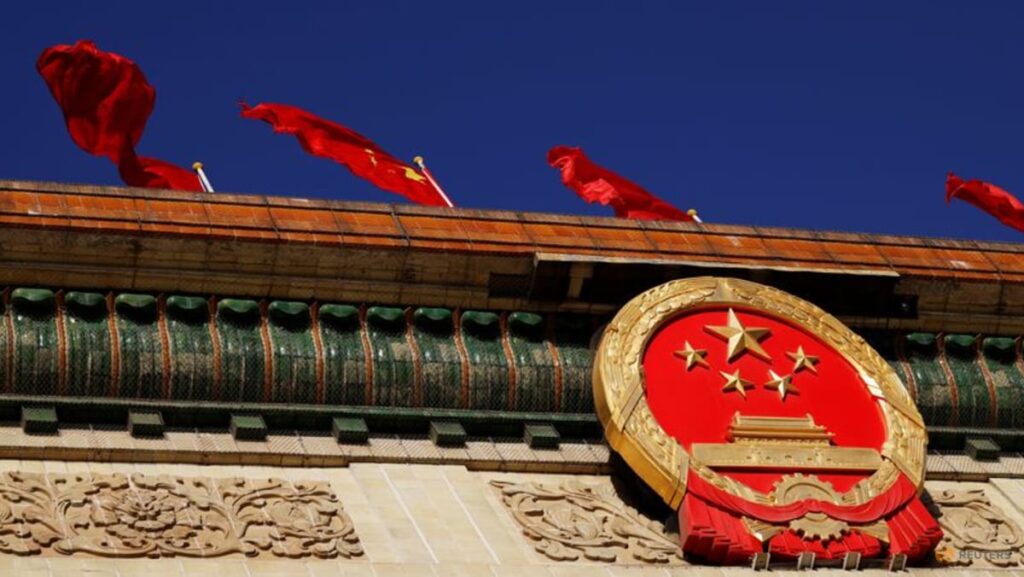While personnel changes will be closely watched, actions taken involving widely known individuals such as Liu, He or Miao are unlikely to “elicit a lot of attention”, given the already generous spotlight on them, said China watcher Willy Lam.
Instead, the focus should be on whether fresh names are added to the Central Committee ranks, Lam, a senior China fellow at the Washington DC-based think tank The Jamestown Foundation, told CNA.
“(Particularly) if unexpected names are being inserted in the alternate members list,” said Lam, who noted that these posts can signal who the CCP leadership is positioning as rising stars.
Unlike full members, the 170-odd alternate members of the Central Committee do not have voting rights. They are often drawn from younger cadres and rising technocrats.
For instance, Xi was an alternate member of the 15th Central Committee in the late 1990s before moving up the ranks to eventually lead the CCP. Other leaders who were also alternate members include former President Hu Jintao and former head of the country’s top political advisory body Wang Yang.
Some current alternate members have already garnered attention.
In its Oct 8 report, SCMP highlighted three individuals: Bao Gang, Wei Tao and Lu Dongliang.
On Sep 30, Bao, the party chief of Inner Mongolia’s capital Hohhot, was elevated to party chief of the regional government.
Wei, former party chief of Taiyuan city in Shanxi province, was appointed acting chairman of Guangxi in early July. Lu, a former provincial vice party secretary, became governor of Shanxi in June.
Pan from UNSW Canberra noted that Bao’s career has been concentrated in Inner Mongolia, making him a “strong regional expert” but also potentially limiting his prospects.
He sees more political potential in Wei and Lu instead.
https://www.channelnewsasia.com/east-asia/china-fourth-plenum-agenda-five-year-plan-personnel-intrigue-5391666


